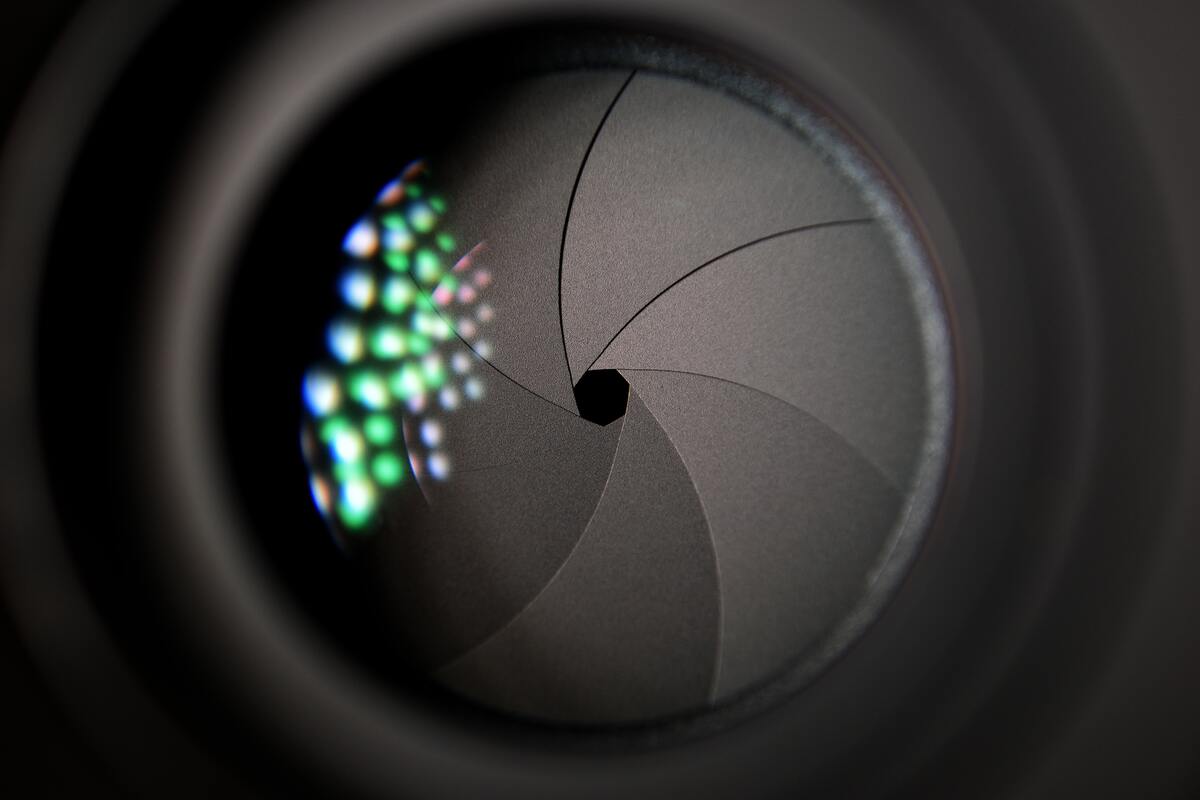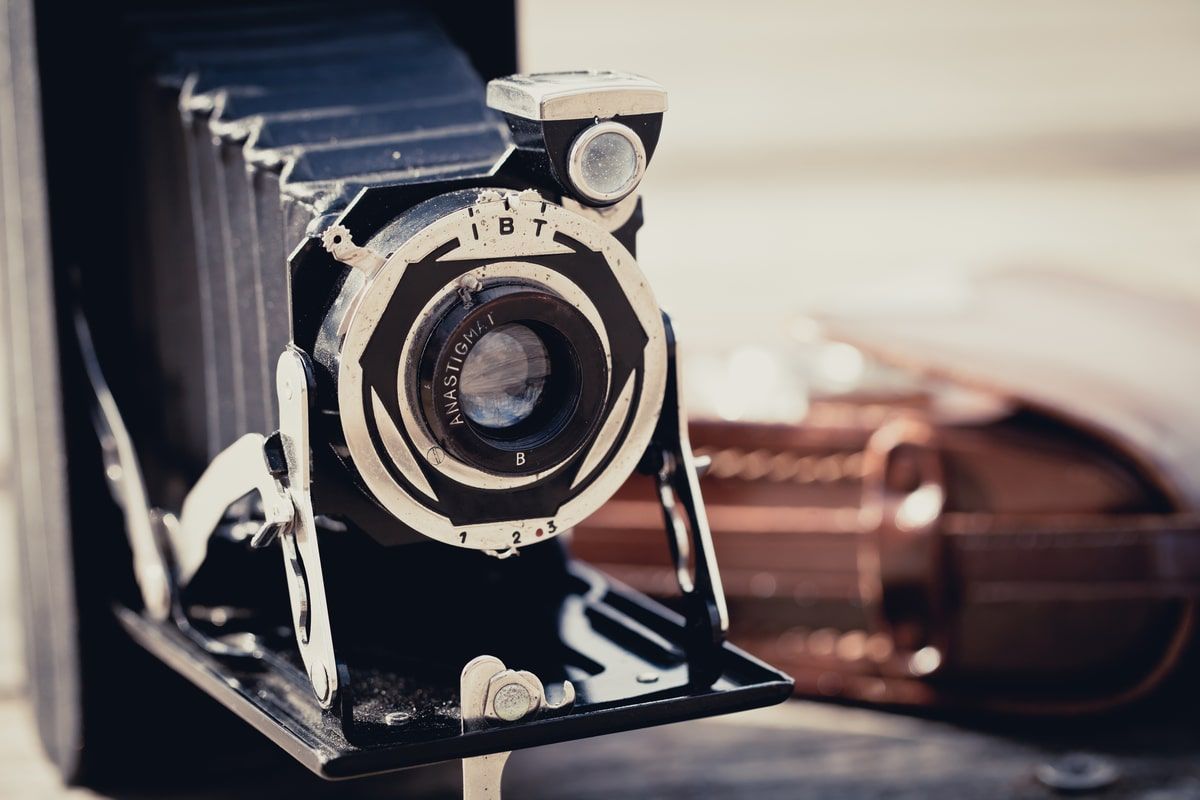Electronic Shutter vs Mechanical Shutter: What Is the Difference & Which One Is Better?
Rent film gear from local filmmakers.

Rent film gear from local filmmakers.
Most cameras back in the day only had mechanical shutters, but nowadays various kinds of electronic shutters are available. The best type for you will depend on what kind of photographs you take.
Read on to discover what electronic and mechanical shutters are and which type is best for you.
Think you know all there is to know about cameras? Test your knowledge by heading over to our page on camera equipment here.

What is an electronic shutter?
An electronic shutter operates by turning the camera’s sensor on and off to control the exposure.
These are ideal when you want to stay discreet (street photography, weddings, etc.) or when shooting with long exposure times and you want to avoid camera shakiness.
Advantages of the electronic shutter
- Operates silently: no physical parts are moving to control the exposure, so electronic shutters are quiet. This is useful for specific scenarios, such as photographing wildlife up close or situations where you don’t want to be seen.
- The frame rate is faster: electronic shutters are quicker to operate Because they have no mechanical parts.
- Reduced shakiness and blurriness: The movement of mechanical shutters can cause slight vibrations which can show up visibly in high-resolution cameras. Using a tripod with an electronic shutter reduces shakiness the most since there is no physical movement going on at all.
- Electronic shutters in mirrorless cameras can reduce viewfinder blackout- an advantage during continuous shooting.
Disadvantages of the electronic shutter
- Rolling shutter mechanisms are not ideal for shooting moving objects.
- Banding: Electronic shutters do not do well with flickering light sources. Banding can often occur, which is difficult to remove.
- Flash synchronization speeds are often much lower in electronic shutters.

What is a mechanical shutter?
A mechanical shutter operates using traditional front and rear shutter curtains, which can be found at the front of the sensor, opening and closing to control the exposure.
They are ideal for accurately capturing moving objects.
Advantages of the mechanical shutter
- Rolling shutter distortion is reduced: Rolling shutter distortion can occur when using a CMOS sensor to record fast movements. When using a mechanical shutter at fast shutter speeds, the front, and rear shutter curtains are so close together that only a sliver of the image sensor is exposed at once. This helps to reduce the chance of rolling shutter distortion.
- Faster flash synchronization: Mechanical shutters tend to offer quicker flash synchronization than electronic shutters. When shooting outdoors in bright weather, you should use the quickest flash synchronization speed possible- mechanical shutters are often the best option.
Disadvantages of the mechanical shutter
- Max shutter speed is lower: due to the mechanical nature of the shutters, the maximum speed is often a lot slower than most electronic shutters.
- Life span is limited: The moving parts of a mechanical shutter are certainly not immortal.
- Shutter shock and mirror slap: These issues cause slight camera shakiness.
- Slower response time: the response time in some mechanical shutters may be slower due to delays between pressing the shutter release button and the taking of the photo.

What is the difference between electronic shutter and mechanical shutter?
Traditional DSLR cameras will use a mechanical shutter, whereas the majority of mirrorless cameras will use electronic shutters. The main difference is how they work and what kinds of photographs they produce.
- Electronic shutters operate within the camera, turning the sensor on and off to find the ideal exposure. Therefore they are silent and fast in operation.
- Mechanical shutters use physical curtains that open and close to find the correct exposure. Therefore they operate slower, but flash synchronization is faster. They are also bulkier and louder than electronic shutters.
If you are a product or high-volume photographer, the reduced vibrations and unlimited shutter lifetime of an electronic shutter would be beneficial. If you rely on freezing fast-moving objects or tend to use flash, stick to mechanical shutters.
Some newer camera models are offering hybrid shutter systems, such as FujiFilm. This is called an E-Front Curtain Shutter: It uses an electronic shutter to start the exposure and a mechanical shutter to end the exposure. This avoids flickering and motion effects.

Learn more. Dive into the global shutter
Now that you know everything about electronic and mechanical shutters, it’s time to learn about global shutters. Check out our page on global shutters to get started.
Want to get your hands on a camera with an electronic or mechanical shutter? Look at our website to rent or subscribe to a camera.
Should I use an electronic shutter or mechanical shutter?
Whether you should use an electronic or mechanical shutter will depend on the kind of photographs you take. If you want super-fast frame rates or are a wildlife or sports photographer, electronic is the way to go. But if you want to capture fast motion, mechanical is the way to go.
What is the difference between an electronic shutter and mechanical shutter?
Mechanical shutters use a rolling curtain that crosses the sensor at a fixed place. Electronic shutters are commonplace on most mirrorless cameras. They work by simply switching the sensor on and off again- mostly using a mechanism called a rolling shutter.
What are the advantages of electronic shutter?
An electronic shutter operates silently, its frame rates are faster, and using one reduces the occurrence of shakiness in your photos.
What are the advantages of mechanical shutter?
Using a mechanical shutter reduces the chances of rolling shutter distortion, and flash synchronization is faster.






















